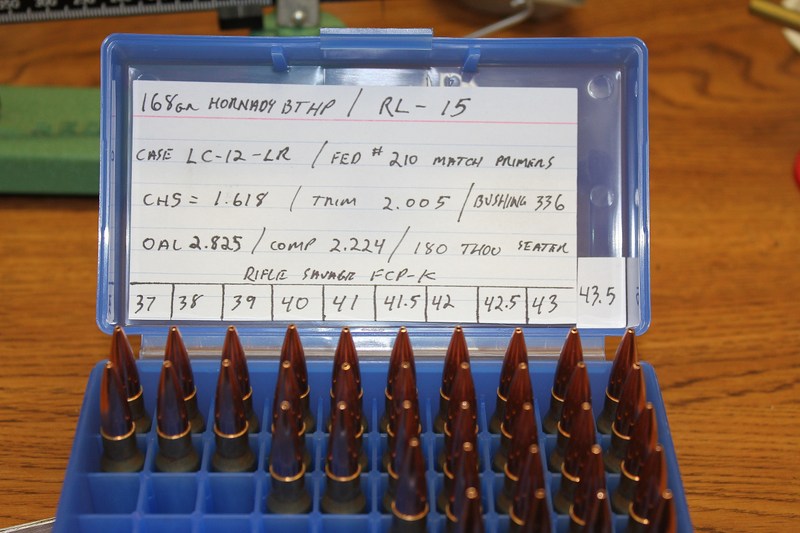What a minimal round count to you ? For me I'm pretty happy if I can find a load in 50 or less rounds . That does not happen often though especially if you count the conformation rounds .
I had since I started reloading did what I consider a traditional load development . That is load 5rds each from minimum to max in .5gr increments . That would always result in a couple charges that shot good groups . I'd then load 20 of each charge that grouped well and go back and shoot two 10rd groups to confirm . This usually produced a pretty good load .
I have recently ( last year or so ) been trying the ladder method and OCW method . Both have resulted in finding an excellent load . How ever using different components they both have also resulted in me not being able to find something that works . So for now I'm not sure if I got lucky with the loads that work or what .
The one OCW test I did took 60+ rounds to dial it in while the one good ladder test only took 35rds . Then there's the hybrid traditional load development . As others have stated ,knowing what you are looking for or having a goal in mind helps .
I sometimes used to do a traditional load development but with a twist . If I know I'm looking for a longer range load 600+yds . Then I know it's unlikely I'd use any charge at the low end of the charge spectrum . Therefore I'll only load 1 or 2 rounds at the lower charges . These are just to make sure I'm safe and allows me to still start at or close to minimum charge . As I work closer to the higher charges I load more rounds per charge because I know the upper end is where I'm looking to find the load .
It looks something like this
As you can see it's more like a hybrid of the traditional test . I saved 14rds worth of components doing it this way and really I could have just used 1rd at those lower charges and saved a total of 17+ rounds .
I should added that all that was speaking to rifle loading . I still do a pretty traditional test type for hand gun . Load ten each move up in .1 or .2gr increments .


